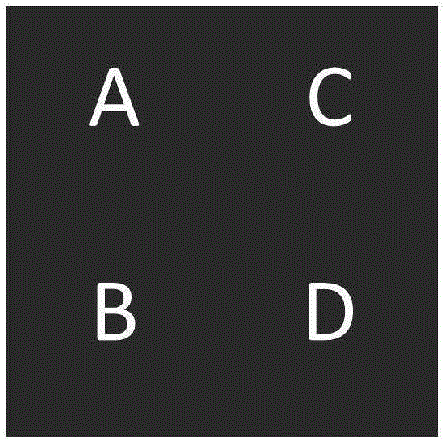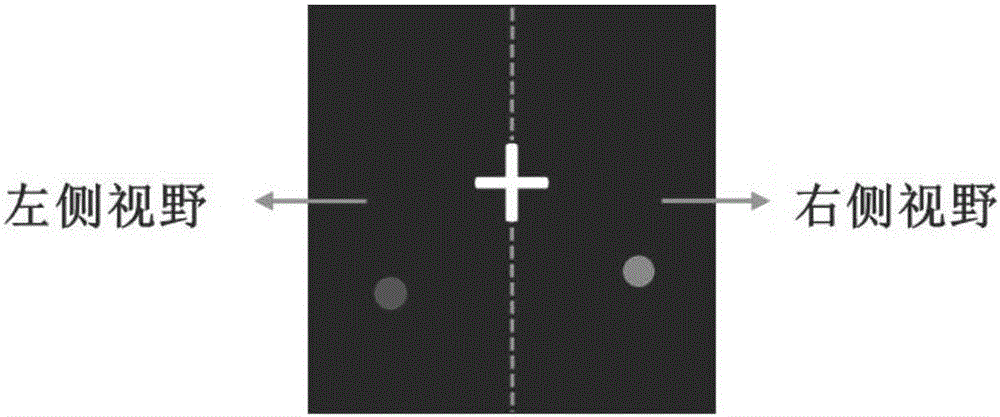Brain-computer interface communication system based on asymmetric visual evoked potential
A technology of visual evoked potential and communication system, applied in the field of biological communication, can solve the problems of visual fatigue, unfavorable feature signal extraction, EEG features easily affected by common mode noise, etc.
- Summary
- Abstract
- Description
- Claims
- Application Information
AI Technical Summary
Problems solved by technology
Method used
Image
Examples
Embodiment Construction
[0035] The brain-computer interface communication protocol method based on asymmetric visual evoked potentials designed by the present invention utilizes the spatial asymmetry of the brain's response to VEP stimuli to encode the stimulus commands in time and space, and the visual stimuli appear in the peripheral visual field instead of the central visual field, thereby avoiding Visual fatigue during prolonged use, and provides a window for the user to perform other tasks in the central field of vision.
[0036] The technical solution of the present invention will be described in further detail below in conjunction with the accompanying drawings and specific embodiments.
[0037] The flow process of the present invention is as figure 1 As shown, it mainly includes the following steps:
[0038] figure 1 As shown, the brain-computer interface communication system based on asymmetric visual evoked potentials of the present invention includes a liquid crystal display for displayi...
PUM
 Login to View More
Login to View More Abstract
Description
Claims
Application Information
 Login to View More
Login to View More - R&D
- Intellectual Property
- Life Sciences
- Materials
- Tech Scout
- Unparalleled Data Quality
- Higher Quality Content
- 60% Fewer Hallucinations
Browse by: Latest US Patents, China's latest patents, Technical Efficacy Thesaurus, Application Domain, Technology Topic, Popular Technical Reports.
© 2025 PatSnap. All rights reserved.Legal|Privacy policy|Modern Slavery Act Transparency Statement|Sitemap|About US| Contact US: help@patsnap.com



